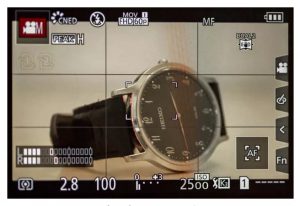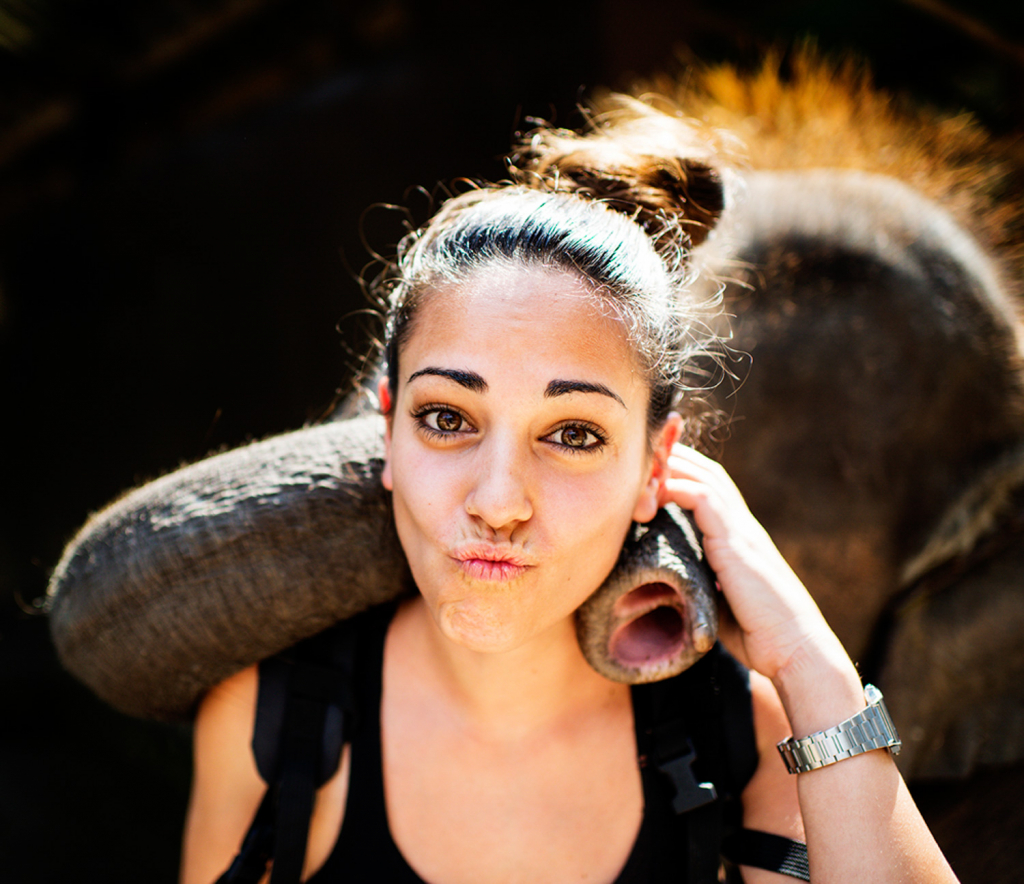accurately as possible
WILLIAM EGGLSTON – PIONEER OF AMERICAN COLOR PHOTOS
 The work of William Eggleston makes an ambiguous impression: someone admires them, someone does not understand them. But be that as it may, his name is inscribed in gold letters in the history of American art photography.
The work of William Eggleston makes an ambiguous impression: someone admires them, someone does not understand them. But be that as it may, his name is inscribed in gold letters in the history of American art photography.
William Eggleston was born in 1939 in Tennessee, USA. Like many of his other famous colleagues, William did not receive a professional education in the field of photography – he turned out to be a talented self-taught person.
William Eggleston began to take an active interest in photography in the 60s, and his debut exhibition was held in 1976. The first pancake turned out to be lumpy – many critics were skeptical of the newcomer, who shot in color. Continue reading
EXPLANATION OF THE METHOD OF DOUBLE DISTANCE
 Distance doubling is a way to increase the depth of field of a photo by focusing on the desired distance in the scene. Your goal is to align the foreground and sharpness of the background. In this article, professional landscape photographer Spencer Cox explains what doubling distance is and how to successfully use it in practice.
Distance doubling is a way to increase the depth of field of a photo by focusing on the desired distance in the scene. Your goal is to align the foreground and sharpness of the background. In this article, professional landscape photographer Spencer Cox explains what doubling distance is and how to successfully use it in practice.
First, look at the nearest object and think how far it is (especially from the plane of the sensor of your camera). Then focus on this distance by multiplying by 2. Continue reading
WHAT IS PEAK FOCUS AND HOW TO SUCCESSFULLY USE IT
 Do you often wonder how cool it would be to use a gorgeous vintage lens on a modern camera? Are you confused by the lack of autofocus? But there is a simple solution that greatly simplifies manual focus. Digital cameras are equipped with several assistive tools for manual focusing, which make it easier to identify a sharp object. Everyone has long known the Live View display and the relative newcomer to Focus Peaking. Here they are – these two monsters in solving your focus “problem”.
Do you often wonder how cool it would be to use a gorgeous vintage lens on a modern camera? Are you confused by the lack of autofocus? But there is a simple solution that greatly simplifies manual focus. Digital cameras are equipped with several assistive tools for manual focusing, which make it easier to identify a sharp object. Everyone has long known the Live View display and the relative newcomer to Focus Peaking. Here they are – these two monsters in solving your focus “problem”.
Peak Focus (Focus Peaking) is a technology that helps during manual focus. It real-time displays in clear color clear areas of the image.
Until recently, it was a tool for videographers, since it was far from many consumer cameras. Peak focus is currently built into most new cameras, and there are ways to turn it on on older camera models.
This feature is great for quickly confirming focus when shooting on the go and checking when shooting in situations where it may be difficult for you to determine the focus – for example, in bright daylight or when working with uncomfortable camera positions. This is an important advantage of the system and the most useful.
How does Focus Peaking work? Continue reading



